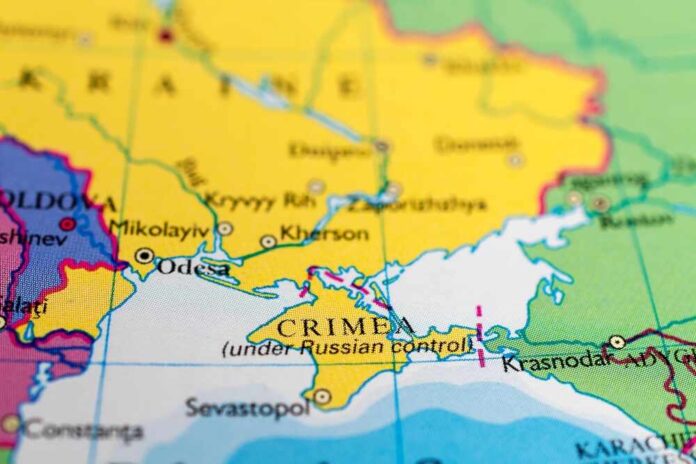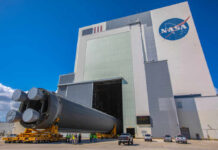
In a bold step reflecting escalating tensions, Ukrainian drones struck a Russian tanker near Crimea late Friday, marking the second sea attack in the area within a day. This display of military strength marks a significant expansion in the Black Sea conflict zone, where both nations have increased military operations.
The Russian tanker, targeted in the dead of night, was confirmed to be transporting fuel for Russian forces, per an anonymous official from Ukraine’s Security Service. The drone, loaded with nearly 450 kilograms of TNT, pierced the tanker’s engine room, causing substantial damage. Though no crew fatalities were reported, Vladimir Rogov, a Kremlin-installed official, stated that some crew members suffered injuries due to shattered glass.
⚡️The Ukrainian channel's publishes a video from a crewless boat (BEC), which attacked the Russian SIG tanker in the Black Sea #UkraineRussiaWar #Russia #Crimea pic.twitter.com/7YyVGVIH5V
— Warzone Drone (@Warzone_Drone) August 5, 2023
This attack closely followed a strike on a major Russian port earlier on Friday, a clear sign of Kyiv’s increasing naval capabilities. Ukraine’s strikes on these maritime targets come in response to Russia’s repeated bombardments of ports such as Odesa. This aggressive tit-for-tat pattern of military retaliation is reminiscent of the Cold War political chess games, only now equipped with advanced technology.
In the wake of Russia withdrawing from a crucial export agreement three weeks ago, which previously enabled Ukraine to transport millions of tons of grain via the Black Sea, the waters have grown treacherously tense. As an inevitable consequence, Ukraine’s exports were hindered, affecting global food security.
Notably, the attacked Russian tanker was already under U.S. sanctions for its involvement in fuel supply to Russian forces in Syria, thereby tainting it with an added layer of international controversy.
The tanker assault forced the temporary suspension of traffic on the strategic Kerch Bridge and ferry transport. Consequently, this disruption indicates a concerning trend toward increased violence and instability in the region.
The earlier strike on the Russian port at Novorossiysk, which disrupted maritime traffic for a few hours, was a historic event in the 18-month-old conflict. The port, housing a naval base, shipbuilding yards, and an oil terminal, plays a crucial role in Russia’s exports.
In response to these assaults, Ukraine’s Security Service Chief, Vasyl Malyuk, justified these attacks as “logical” and “effective” steps against the enemy. Without explicitly owning the attacks, he posited a clear message to Russia: Russia must exit Ukrainian waters and territories to avoid further strikes.
As the conflict escalates, Ukraine’s increasingly aggressive strategy signals its determination to protect its national interest. Their actions also counterbalance Russia’s robust and often invasive military presence in the region.
Simultaneously, around 40 nations convened at a two-day summit in Saudi Arabia, seeking a peaceful resolution to the conflict. Interestingly, Russia was not included. According to Ukrainian President Volodymyr Zelenskyy, the conference was crucial in addressing food security issues that impact millions across Africa, Asia, and other parts of the world.
While the international community deliberates on ending this conflict, the residents of Ukraine and Russia face the daily realities of a tense and unpredictable warzone. As each day unfolds, the escalation of violence at sea brings us to a critical point in this conflict, where resolution seems distant, and the promise of peace hangs in uncertainty.



























